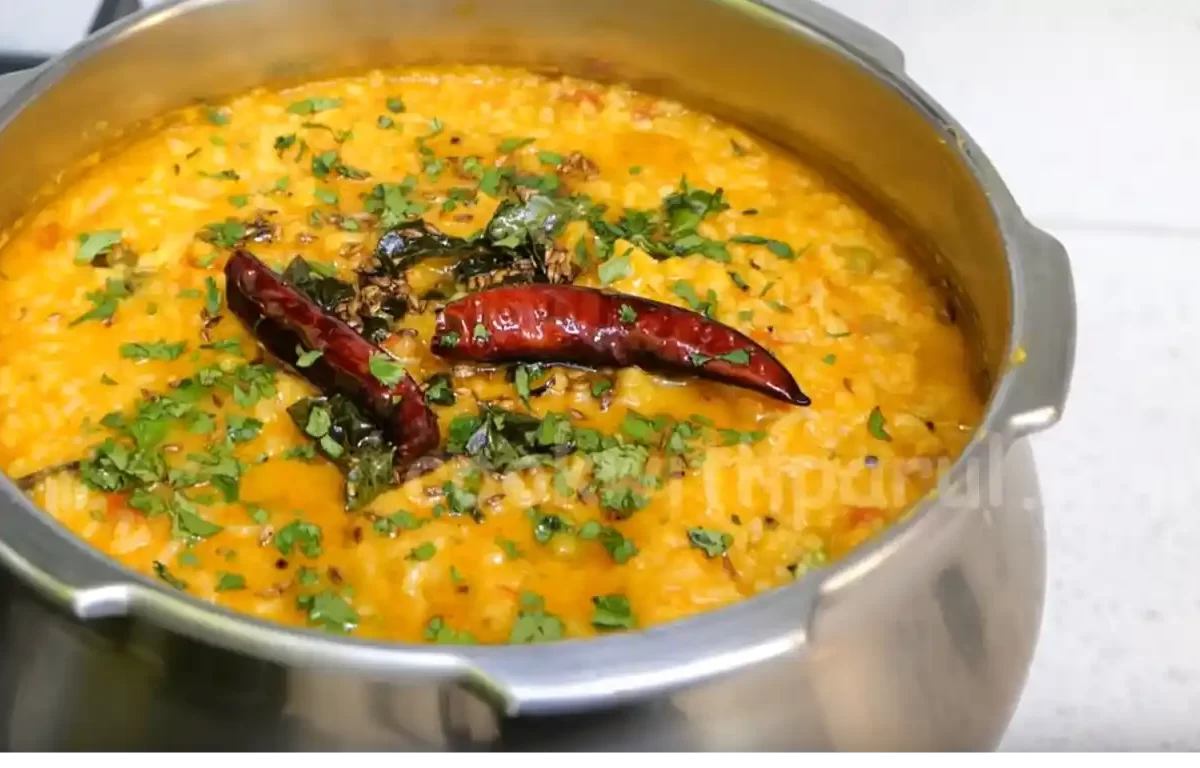For us Indidians, Kitchen is the heart of every Indian home, and this is where the magic happens. From sizzling tadkas to aromatic curries, our kitchens are a temple of flavors and spices. But with all that culinary creativity comes the need for efficient and functional cabinet design. That is where kitchen cabinets come in, playing a crucial role in keeping your cooking haven organized and inspiring.
Best Cabinet Designs For My Kitchen
But designing the perfect cabinet for an Indian kitchen is not just a simple task. It is about understanding the unique demands of our cooking style and creating a space that should serve the purpose..
- Best Cabinet Designs For My Kitchen
- Understanding the Indian Kitchen
- Trending Styles: From Traditional to Modern
- Material Matchmaking: Finding the Perfect Pair
- Material Comparison Chart
- Cost Considerations: Budgeting for Your Dream Kitchen
- How to get to a Great Design for you Kitchen
- Go Beyond the Basics: Exploring Unique Cabinet Designs
- Finishing Touch
- FAQs
- More
Understanding the Indian Kitchen
Indian cooking involves a multitude of ingredients, utensils, and appliances, often distinct from Western kitchens. We are going to look into a few points before we move to the section that will help us more about kitchen designing.
- Spice Storage: From garam masala to red chili powder, our spice boxes are overflowing with flavor. We need cabinets with ample compartments and easy accessibility.
- Utensil Variety: From kadhais and tavas to chaklis and belans, our kitchens boast a diverse range of utensils. Cabinets need to accommodate different shapes, sizes, and weights.
- Pressure Cookers & Appliances: These heavyweights are essential in Indian kitchens. Cabinets need to be sturdy enough to handle their weight and offer easy access.
- Heat & Humidity: Indian cooking often involves high heat and steam. Cabinets need to be resistant to warping and moisture damage.
- Cultural Touches: We love adding a personal touch to our kitchens. Cabinets can reflect our cultural heritage through colors, patterns, and finishes.
Trending Styles: From Traditional to Modern
Gone are the days of bland, utilitarian cabinets. Today, Indian kitchen design offers a range of trendy styles to suit every lifestyle.

- Classic Charm: Wooden cabinets in warm tones like teak or walnut create a timeless and elegant look.
- Contemporary Chic: Sleek, handleless cabinets with glossy finishes and integrated appliances exude a modern vibe.
- Rustic Appeal: Exposed brick walls, distressed wood finishes, and vintage-inspired hardware add a touch of earthy charm.
- Fusion Flair: Experiment with a blend of traditional elements like carved details and modern touches like bold colors.
Material Matchmaking: Finding the Perfect Pair
Choosing the right material for your cabinets is crucial for both aesthetics and functionality. We must consider the climate and weather conditions of the area while selecting the material. Also, it is important to check the after market availability of the parts
- Solid Wood: Offers durability, warmth, and a timeless appeal, but requires regular maintenance.
- Plywood: A cost-effective option with good strength and moisture resistance, but limited design options.
- MDF: Versatile and budget-friendly, available in various finishes and textures, but susceptible to moisture damage if not treated properly.
- Laminate: Affordable, easy to clean, and offers a wide range of colors and patterns, but might not be as durable as other options.
Material Comparison Chart
| Material | Pros | Cons |
|---|---|---|
| Solid Wood | Durable, warm, timeless | High cost, requires maintenance |
| Plywood | Cost-effective, strong, moisture resistant | Limited design options |
| MDF | Versatile, budget-friendly, variety of finishes | Susceptible to moisture damage (if not treated) |
| Laminate | Affordable, easy to clean, wide range of colors/patterns | Less durable than other options |
Cost Considerations: Budgeting for Your Dream Kitchen
I will be very honest here, budget plays a key role in new construction and renovation. Here is a breakdown of factors affecting cabinet costs that we should look into before finalizing.
- Material: Solid wood is the most expensive, followed by plywood, MDF, and laminate.
- Size and Complexity: Larger and more complex cabinets with additional features like pull-outs and lazy Susans will cost more.
- Hardware: Premium knobs, handles, and hinges can add up.
- Customization: Custom-designed cabinets are more expensive than pre-made options.
Pro-Tip: Consider setting a realistic budget and allocating it based on priorities. Invest in quality materials for frequently used cabinets and explore cost-effective options for less used areas.
How to get to a Great Design for you Kitchen
Designing home is no easy task. Especially when it comes to the kitchen, ladies would leave no stone unturned before reaching the final design. Here are some practical tips to make your dream kitchen a reality.
- Plan Layout: Consider your cooking habits and traffic flow. Create a layout that maximizes space and ensures easy access to frequently used items.
- Utilize Corners: Don’t waste valuable space! Corner cabinets with pull-out shelves or lazy Susans are lifesavers for maximizing storage.
- Go Vertical: Utilize the full height of your walls with tall cabinets or floating shelves for additional storage.
- Open Shelves: Open shelves showcase beautiful crockery and spices, but remember to factor in dust and splatter potential.
- Lighting: Proper lighting is crucial for finding things easily. Integrate under-cabinet lights for task lighting and consider ambient lighting to create a warm atmosphere.
- Accessorize Wisely: Spice up your cabinets with decorative knobs, handles, or colorful backsplashes. But avoid cluttering, as it can make the space feel smaller.
- Maintenance Matters: Choose materials and finishes that are easy to clean and maintain, especially considering the heat and humidity of Indian kitchens.
Go Beyond the Basics: Exploring Unique Cabinet Designs
While the above tips provide a solid foundation, I will also try to look deeper into some unique cabinet designs that can elevate our Indian kitchen. It is a one time effort so we should always look for the best possible options in terms of design, durability and cost.

- Spice Station: Create a dedicated spice station by incorporating pull-out drawers with multiple compartments and built-in organizers. Label each compartment for easy identification and add spice racks within the drawers for additional storage.
- Utensil Section: Design a designated utensil haven with pull-out drawers featuring dividers and hooks to categorize and organize your various cooking tools. Consider incorporating hanging racks for frequently used spatulas or ladles.
- Pantry Section: Utilize tall cabinets with pull-out shelves or lazy Susans to create a pantry powerhouse. Label shelves clearly and consider adding LED lights for better visibility. Dedicate specific sections for grains, pulses, dals, and other dry ingredients.
- Space Utilization: Transform an unused corner into a hidden gem by installing a pull-out corner cabinet with rotating shelves. This space is perfect for storing bulky appliances like pressure cookers or mixers.
- Multifunctional: Opt for multi-functional cabinets that serve multiple purposes. Incorporate a breakfast bar with built-in storage beneath the countertop, or design a cabinet with a foldable table for extra prep space.
- Going Environment Friendly: Consider sustainable materials like bamboo or reclaimed wood for your cabinets. These options add an earthy touch to your kitchen while being environmentally friendly.
- Lightning: If your kitchen lacks natural light, incorporate glass-fronted cabinets with LED lighting to brighten the space and showcase your beautiful crockery or spices.
- Cultural Look: Celebrate your heritage by incorporating traditional Indian motifs like intricate carvings or hand-painted designs on your cabinets. This adds a personal touch and reflects your cultural identity.
Finishing Touch
Designing our dream kitchen is surely an exciting task. By understanding our specific needs, exploring design options, and incorporating smart storage solutions, we can create a space that is both beautiful and functional, ready to become the heart of our home for years to come. By planning carefully, choosing the right materials, and incorporating smart design elements, you can create a space that is both beautiful and practical, ready to inspire your culinary adventures!
FAQs
What is the best way to store spices in Indian kitchens?
Airtight containers: Store spices in airtight containers to preserve their flavor and aroma. Glass jars are ideal for visibility, while opaque containers might be better for light-sensitive spices.
Label everything: Clearly label your spices to avoid confusion and ensure quick access while cooking.
Organize by frequency: Keep frequently used spices within easy reach, like on pull-out shelves or lower cabinets.
Consider spice racks: Wall-mounted spice racks or drawer dividers can help organize your spice collection and free up counter space.
How do I deal with limited storage space in my Indian kitchen?
Declutter and organize: Get rid of unused utensils and appliances. Organize remaining items efficiently using drawer dividers, shelf risers, and hanging organizers.
Utilize vertical space: Install tall cabinets, floating shelves, or wall-mounted organizers to maximize storage capacity.
Under-sink storage: Utilize the space under your sink with pull-out drawers or organizers for storing cleaning supplies or frequently used utensils.
Multifunctional furniture: Opt for furniture that serves multiple purposes, like a kitchen island with built-in storage or a dining table with hidden compartments.
How do I incorporate cultural touches into my kitchen cabinet design?
Traditional colors and patterns: Opt for warm tones like red, orange, and yellow, or incorporate intricate Indian patterns like paisley or jaal.
Handcrafted hardware: Use brass or wooden knobs and handles with ethnic designs.
Glass inserts: Showcase beautiful utensils or spice jars in glass-fronted cabinets.
Decorative accents: Add colorful tiles, hand-painted murals, or ethnic textiles to personalize your kitchen.






